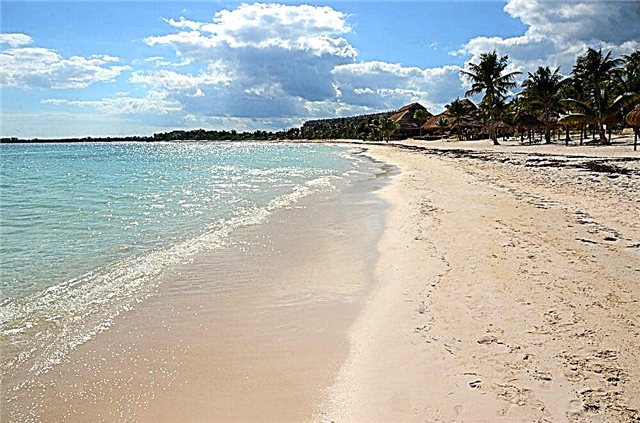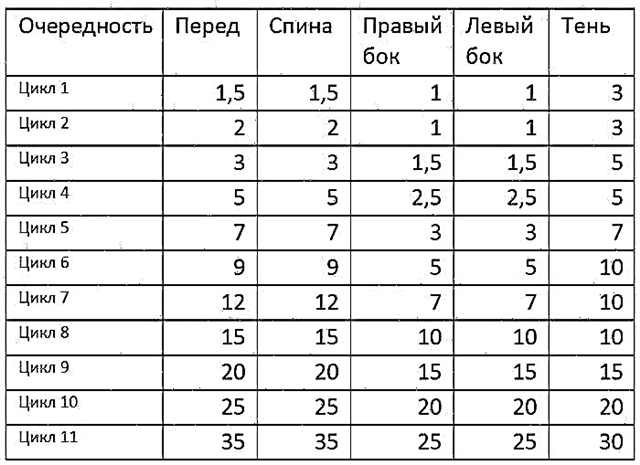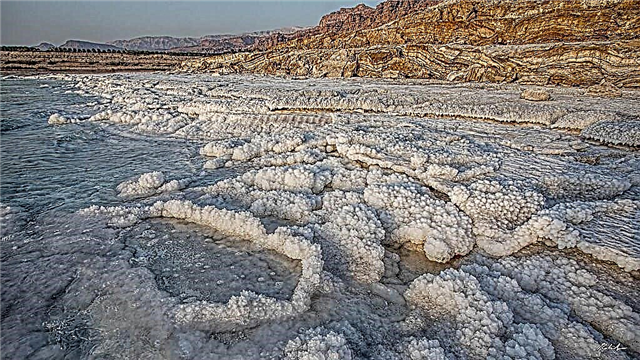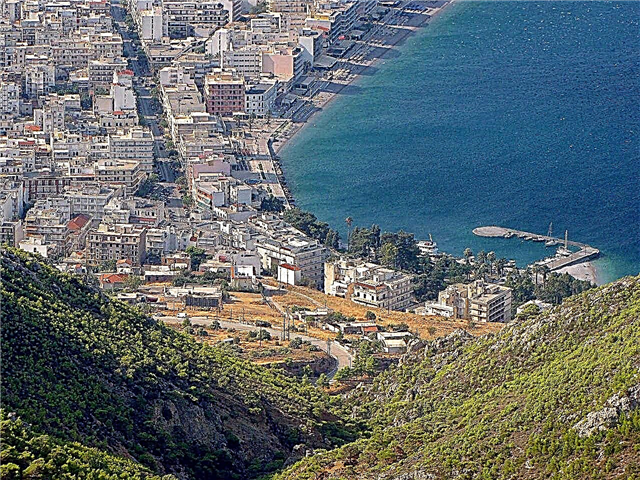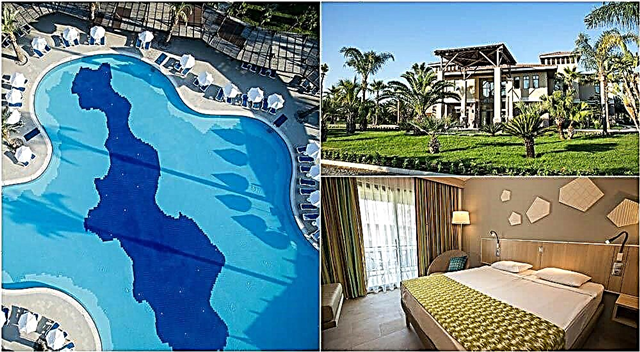Kursk region has a rich history. Due to its location in the western part of Russia, the Kursk region has become an important center of trade relations with Europe. Today, thanks to the Kursk magnetic anomaly, metallurgy and chemical industry are developed here. Enterprises in these industries contribute to the development of cities and towns in which they are located.
Natural and religious tourism is developed in the cities of the Kursk region. Many pilgrims come to local monasteries and temples. Cultural events, fairs and festivals are held in the Kursk region every year. There are also a large number of nature reserves preserved here, attracting thousands of tourists.
The largest cities of the Kursk region
List of the largest cities in terms of population in the region.
Kursk
The first mention of the city dates back to 1032. Even then, it was a large economic and trade center. For most of its history, Kursk played the role of a frontier fortress. During the Great Patriotic War, events took place here that largely changed the course of the war. They are reflected in a large number of memorials and monuments of Kursk. One of them is the Kursk Bulge complex, which is popular among tourists and townspeople.
Population - 450 977 people (2021).

Zheleznogorsk
The Kursk Magnetic Anomaly is a rich iron ore deposit. In the middle of the 20th century, its development began and in 1957 Zheleznogorsk was founded. Today the city is one of the leaders in iron mining in Russia. Most of the monuments in Zheleznogorsk are dedicated to mining workers. The city is home to many libraries and theaters, as well as a local history museum.
Population - 101 thousand people.

Kurchatov
The city was created in 1968. It was a settlement built for the founders and future workers of the Kursk NPP. In Kurchatov, there is a striking division into industrial and residential zones. The main enterprise is the Kursk NPP. Kurchatov several times received the title of the most comfortable city in Russia. Many pedestrian zones have been created here, as well as active landscaping. There is a palace of culture and a museum of local lore in Kurchatov.
Population - 38 thousand people.

Lgov
The city was founded in 1152 and is one of the oldest in the Kursk region. For a very long time Lgov played the role of a frontier fortress. By the 19th century, a railway was laid through the city, which accelerated the development of Lgov. There are several historical museums, including the local history museum. One of the most popular sights of the city is the Baryatinsky estate, an architectural monument of the 19th century.
Population - 19 thousand people.

Rylsk
The city was first mentioned in the annals of 1152. At the beginning of the 16th century, it became part of the centralized Russian state. For a long time Rylsk remained an important defensive point and transport hub. Nowadays, there are several food and light industry enterprises located here. The main attractions of Rylsk are architectural monuments of the 18th and 19th centuries. The city is included in the list of the cheapest tourist cities in Russia.
Population - 16.5 thousand people.

Shchigry
The city got its name from the Shchigor River, on which it is located. In the 17th century, a fortress was founded here, the main task of which was to protect against the raids of the Crimean Tatars. Nowadays, there are several food and processing industries here. In Shchigry, there are many monuments dedicated to the Great Patriotic War. There is a local history museum in the central part of the city, and a museum of cosmonautics is founded in one of the schools.
Population - 15 thousand people.

Oboyan
The fortress on the site of the modern city was founded in 1649, at the request of the boyars of Belgorod and Kursk to the tsar. Nowadays, food and light industry enterprises are located here. Buildings built in the 19th century, which are architectural monuments, have survived in Oboyan. The city's monuments are dedicated to the heroes and battles of the Great Patriotic War, including the Battle of the Kursk Bulge.
Population - 13.5 thousand people.

Dmitriev
The first mention of the city dates back to the XII century, but the exact date of its foundation is unknown. Dmitriev was an important point in the defense of Moscow from the raids of the Tatar-Mongols. Nowadays, there are several food industry enterprises located here. On the territory of Dmitriev there is a museum of local lore and a regional House of Culture.
Population - 6.5 thousand people.

Fatezh
The city was founded in the 17th century as a Cossack village. Before the Revolution of 1917, light industry and spinning industries were actively developing here. Today it houses agricultural enterprises and a brick factory. In Fatezh there is a church of the icon of the Mother of God of Tikhvin. It is a historical and architectural monument of the 19th century.
Population - 6 thousand people.

Suja
The city was originally founded in the 12th century. In the 17th century, the settlement was destroyed by fire and rebuilt in 1662. It became a stronghold of the Russian state in the war with the Commonwealth. The main development of Sudzha fell on the XX century. In the post-war period, food industry enterprises were established here, which have survived to this day. Near the Sudzha, there are many forests and lakes that are natural monuments.
Population - 5.5 thousand people.


